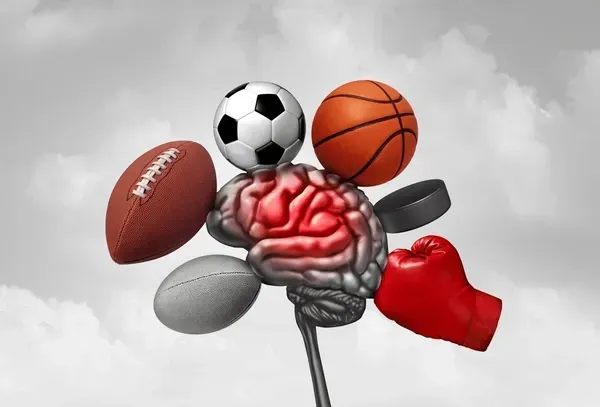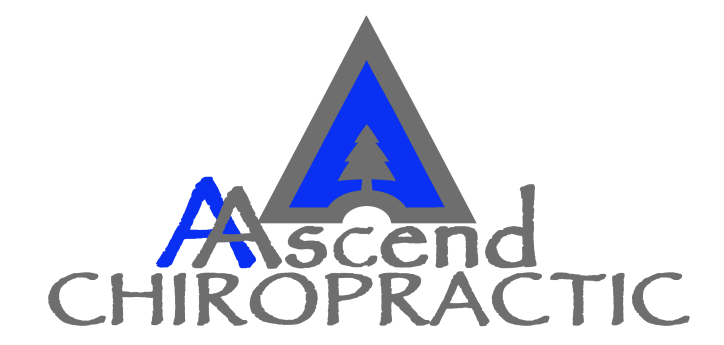Tactical
While low back pain is very common in the general population, it’s the most common injury suffered by Tactical Athletes. Police, sheriff, fire, EMS, and military all share common challenges in combating low back pain. Learn how early intervention, prioritizing recovery, and a comprehensive treatment approach are key in the successful management of your low back pain as a tactical athlete.
TACTICAL ATHLETES ARE AT INCREASED RISK FOR LOW BACK PAIN
As a tactical athlete or tactical professional, your work demands place you at increased risk for developing low back pain. Low back pain is rarely the result of one specific event. Tactical athletes face unique challenges in their work environment compared to other professions. Most professions do not require people to sit for hours, then suddenly sprint. However, this is not uncommon for a police officer. Long work shifts, prolonged sitting, and sudden changes in activity are all unique challenges. In the civilian world, it’s unusual to carry an 80lb. rucksack long distances, but is quite common in the life of a young military cadet. These heavy loads and dramatic changes in activity level increase your risk of developing low back pain if not trained properly.
Young recruits often suffer from low back pain. They experience a significant increase in physical activity as compared to their prior lifestyle. Without the baseline of fitness and strength/stabilization of their spine and core, they are easy targets for low back pain. Other common causes include a dramatic change in activity, like PT time, sudden trauma, and periods of increased stress.
PRIORITIZE RECOVERY
One key strategy to combating or preventing low back pain is to prioritize recovery. Long work shifts are a unique challenge for the tactical athlete. Focusing on recovery time during these long shifts is important. Think: rest when able and move when able. If you are in a very physical line of work or frequently moving while wearing heavy equipment, optimize moments when you can rest without weight. Unload some gear for a moment, sit if you can, and lie down for short periods if the situation permits.
If your profession requires prolonged sitting, like riding in a patrol car, keep your spine moving periodically. You can easily perform pelvic tilts while sitting to increase mobility and circulation. Do this by repeatedly sitting up straight, then slouching. Pelvic tilts are small low back movements, but go a long way to help reduce low back stiffness. For tactical professionals who must stand for prolonged periods of time, try propping your foot up on an object whenever possible. A curb, step, or tree root will work. Alternate your right and left foot for more relief. Flexing your spine forward periodically can also help. Bend forward gently at the waist to stretch your low back throughout your shift.
EARLY INTERVENTION IS KEY
While the research supports early intervention for low back pain in the general population, low back pain in tactical athletes is especially important to address early. The physical demands, long work shifts, and lack of physical recovery time make getting over an episode of low back pain more difficult. Recent research supports the use of early chiropractic care. If your low back pain is localized to your low back, or does not refer past your knee, you may be a great candidate for chiropractic care in combination with other therapies to quickly reduce your back pain. Even more specific, the research suggests that when performed within 16 days of the onset of the low back pain episode, it can reduce your risk of pain worsening.
A COMPREHENSIVE APPROACH IS BEST
Low back pain treatment should not be a one-size-fits-all approach. Each tactical athlete is unique and so are the physical demands of your job. Using a comprehensive approach is the most effective strategy in treating low back pain. At Aascend Chiropractic, we include manual (hands-on) therapies like soft tissue mobilization, dry needling, cupping, and spinal manipulation in the early stages of your low back pain treatment program. These treatment techniques provide you faster pain relief. As your pain reduces, you will tolerate activity better. This is an important time to include progressive exertion in your recovery plan. Progressive exertion and movement will help you regain flexibility and strength. They can also help get you back to work faster and reduce the risk of reinjury.
If your profession includes fast physical changes, additional strategies may be important for long-term success in treating your low back pain. In this case, we recommend including high-intensity interval training (HIIT) and plyometric exercises toward the end of recovery. HIIT and plyometric exercises should become a part of your long-term maintenance program. These “burst” type exercises help your low back tolerate the fast changes in physical activity that your profession demands.
WHEN TO SEEK HELP
If efforts to treat your own back pain don’t result in success within two weeks, if your pain interferes with work, or if numbness/tingling/sharp pain occurs, it’s time to consult with an expert. Call the experts at Aascend Chiropractic today!







Share On: